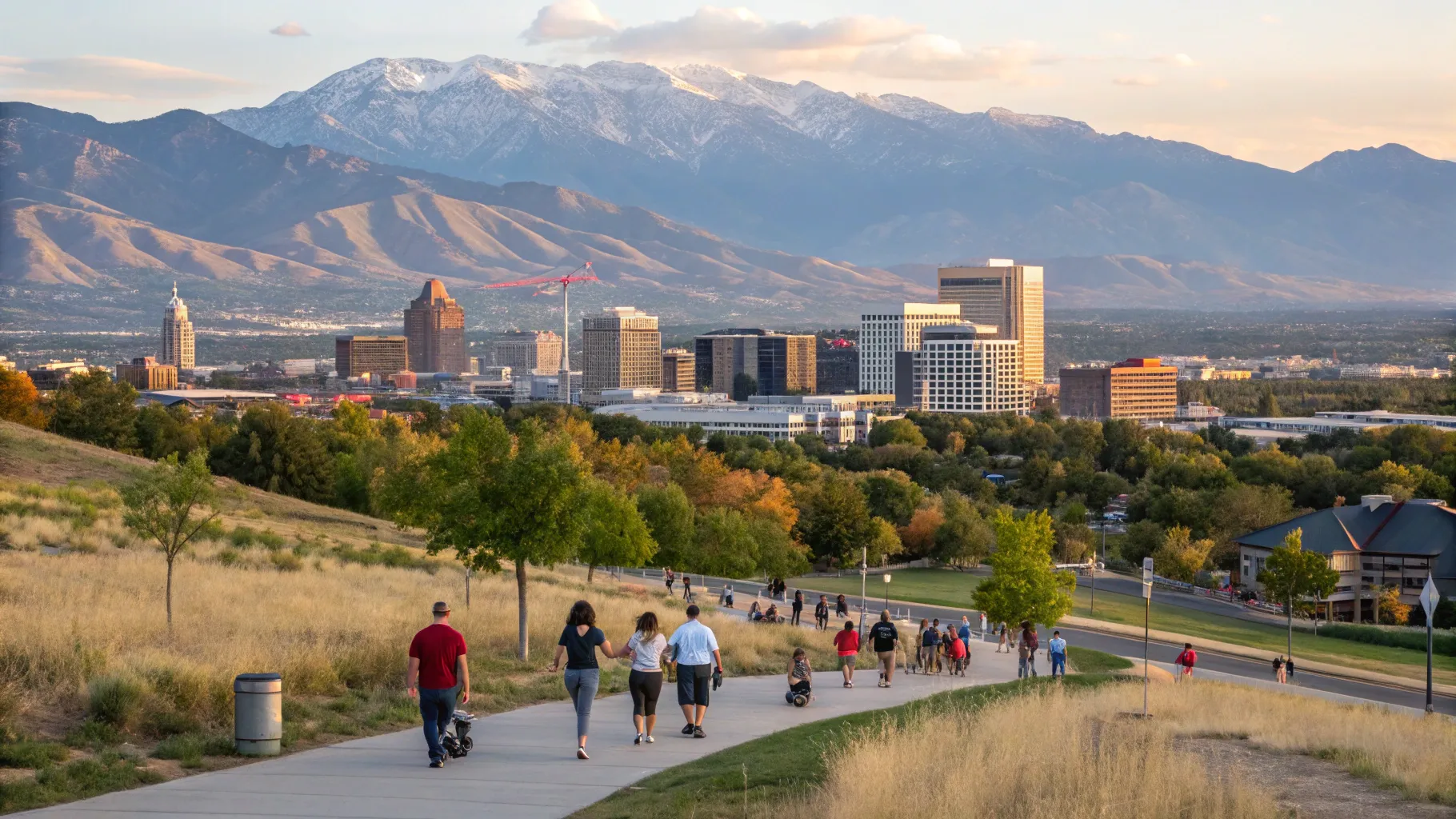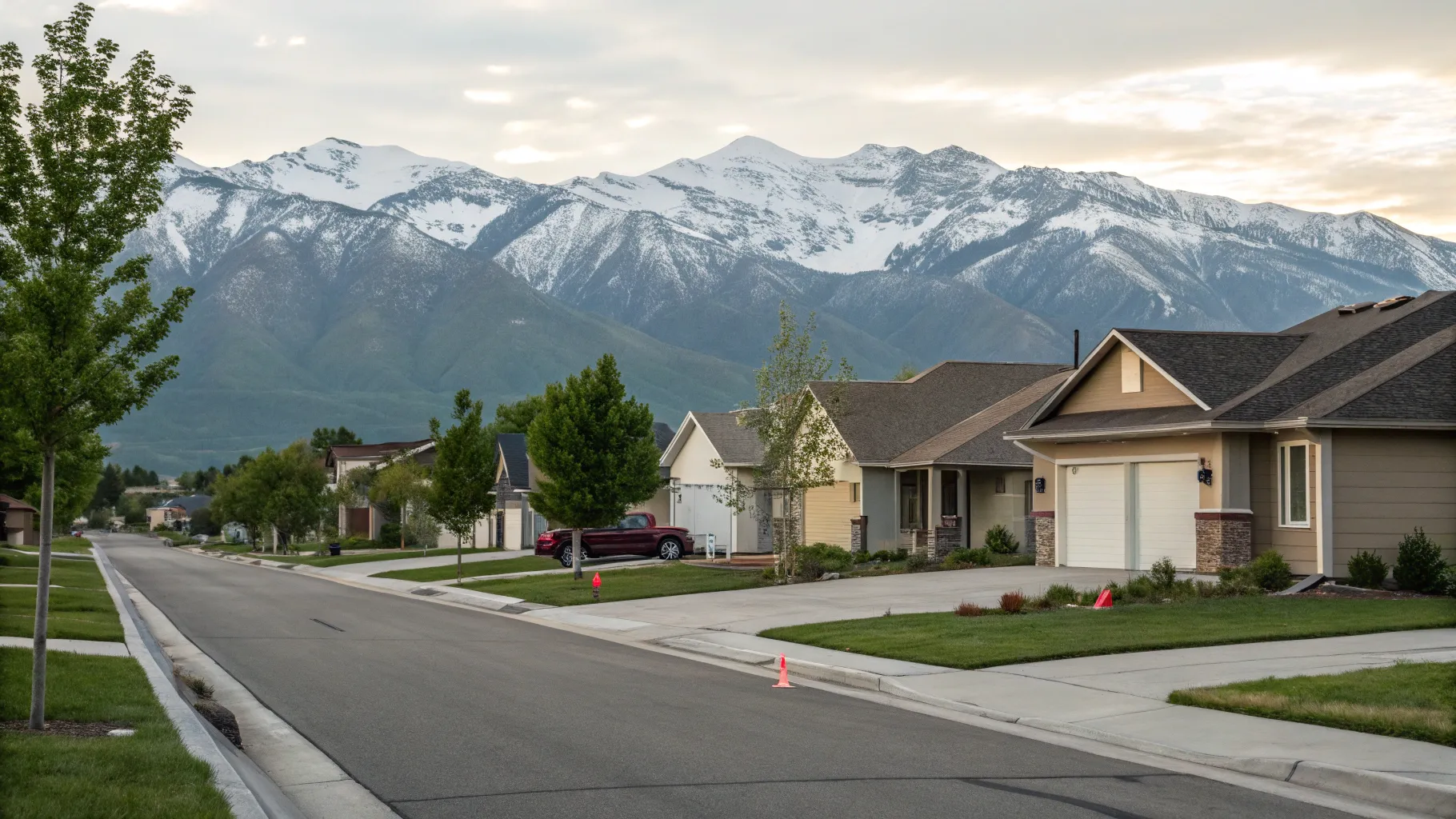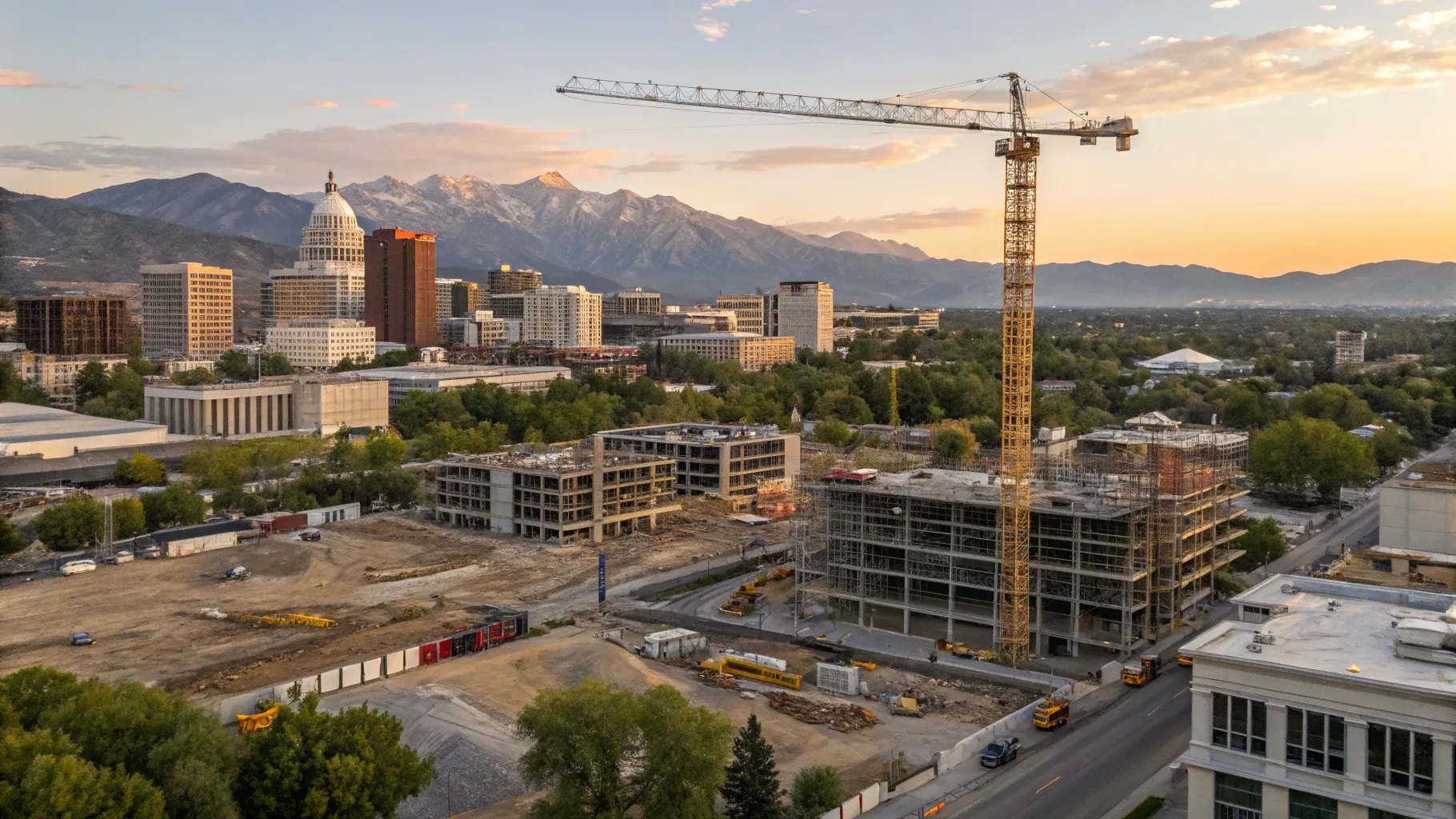
Utah is undergoing rapid change—from large-scale construction and transit projects to a continuing population surge—and these shifts will shape where people live, how they move, and how communities evolve over the next decade.
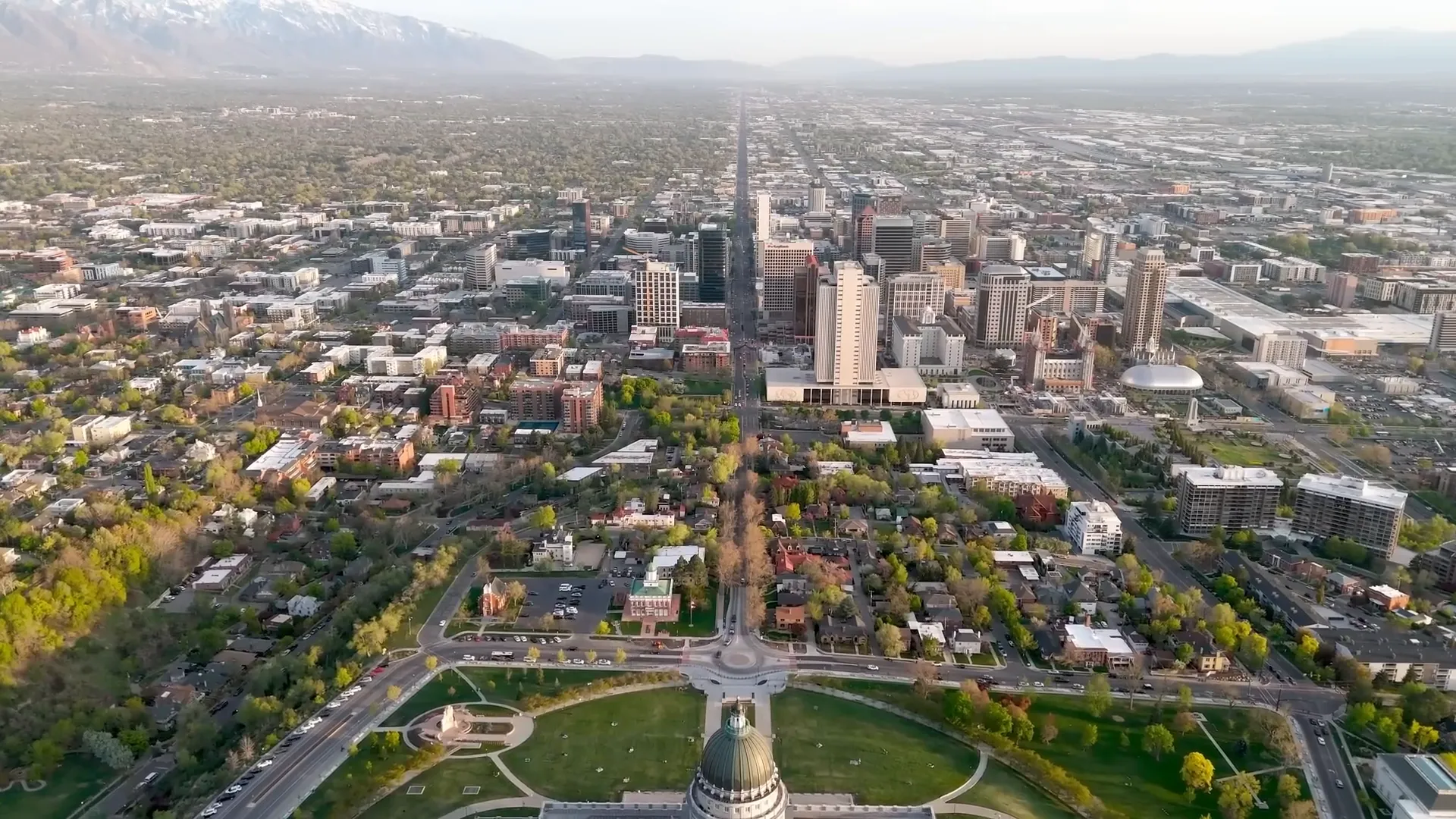
Overview: Growth, Housing, and a Housing Reality Check
Utah's population is projected to climb dramatically over the next 25 years, with forecasts showing a rise of approximately 60%—from about 3.5 million to roughly 5.5 million residents. That growth implies the need for roughly 800,000 new homes just to meet current supply-and-demand gaps, and many analysts recommend increasing homebuilding rates by another 30–50% to get ahead of the curve. Beyond housing, the surge will drive demand for more jobs, schools, utilities, and transportation infrastructure along the Wasatch Front and throughout the Intermountain West.
Recent market trends suggest cooling after a hot run-up: listing inventory has increased by around 25%, producing a more balanced market with buyers finding more leverage and builders offering stronger incentives for new-construction purchases. Still, permitting processes and development throughput need to accelerate to prevent housing affordability from worsening as business cycles turn and mortgage rates shift.
Key market takeaways for prospective buyers and investors
- Inventory is higher than the recent low points, creating more opportunity for buyers to negotiate incentives on new construction.
- Long-term demand will likely intensify with the return of the Winter Olympics in 2034, which historically boosts relocation interest.
- Production must increase to avoid deeper affordability challenges—policy attention to permitting and infrastructure financing will be essential.
Mega Projects Reshaping Utah's Built Environment
Several large-scale developments are underway or proposed that will materially alter Utah’s urban fabric. These include new mixed-use “smart city” concepts outside Salt Lake City, downtown redevelopment, airport expansion, and potential sports-driven revitalization.
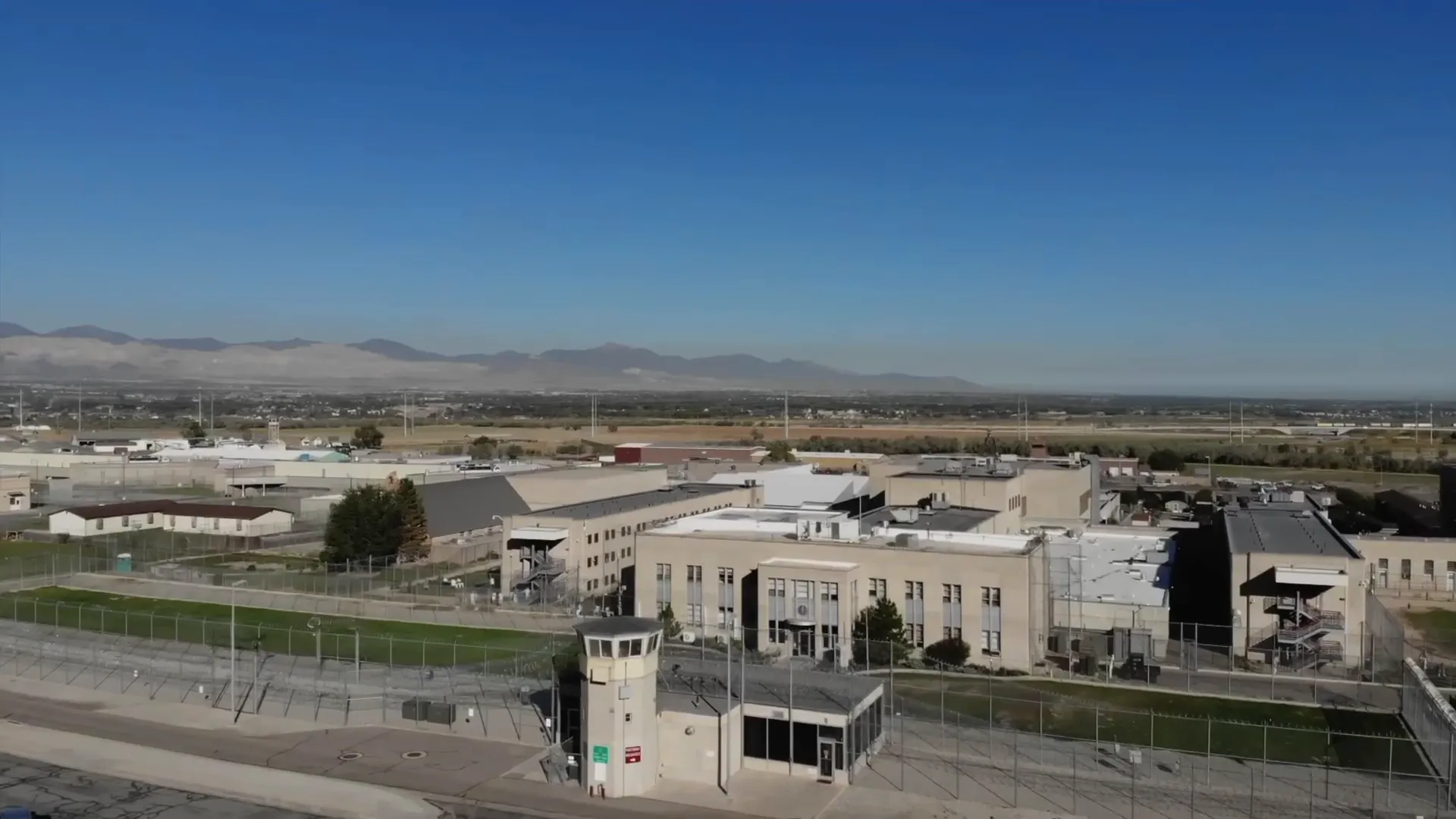
The Point and Utah City: New-model communities
Two major projects on former open land—The Point (on the old state prison site) and Utah City (near Vineyard along I‑15)—are being built as dense, service-rich urban centers often described as “15-minute” or “smart” cities. These developments emphasize rental product, walkability, and access to amenities within minutes rather than traditional suburban lots. While that model addresses urgent rental and proximity needs, it also fuels debate about homeownership access, community character, and long-term affordability.
Downtown Salt Lake City: Sports, entertainment, and skyline change
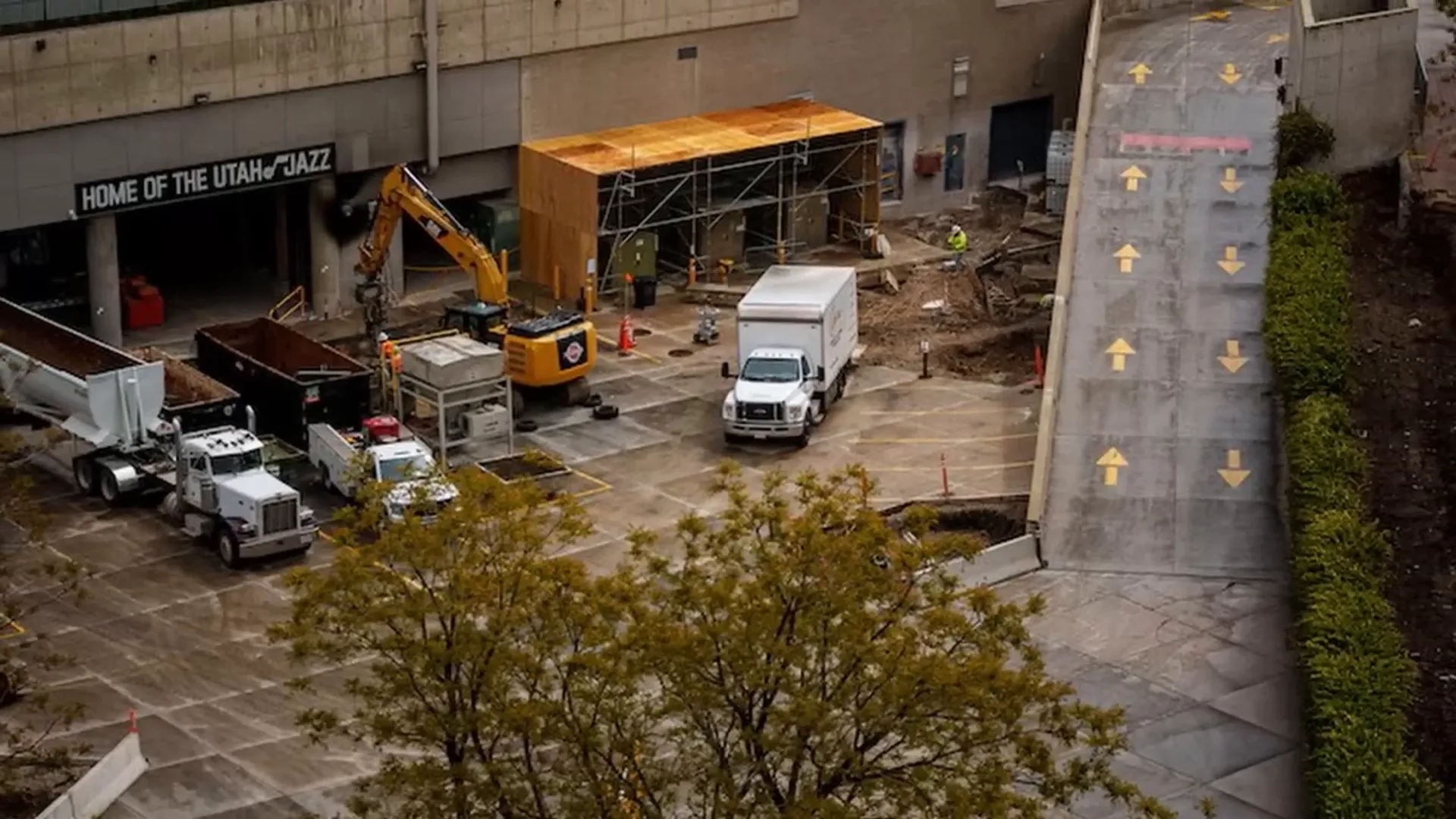
Downtown redevelopment adjacent to the Salt Palace and Delta Center will convert five city blocks into a sports-and-entertainment district with restaurants, offices, and potentially skyscrapers surpassing current skyline heights. The Delta Center is being reconfigured to handle both basketball and hockey through innovative riser systems—an approach that will support a more flexible events calendar and broader sports offerings.
Explore Utah Real Estate
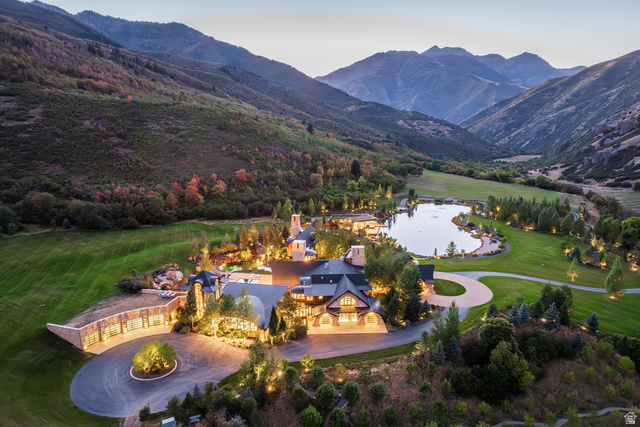
5618 E SOUTH FORK RD, Provo, UT
$43,000,000
Bedrooms: 6 Bathrooms: 10 Square feet: 22,958 sqft
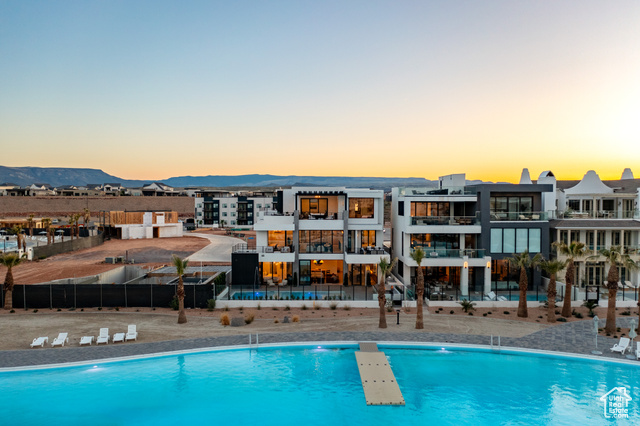
864 W SAPPHIRE SKY LN #546, St George, UT
$4,300,000
Bedrooms: 7 Bathrooms: 9 Square feet: 5,136 sqft
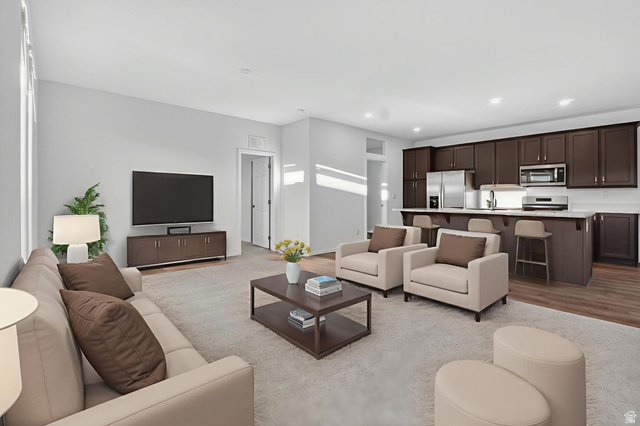
1700 W 2700 N #36, Pleasant View, UT
$230,000
Bedrooms: 4 Bathrooms: 2 Square feet: 2,100 sqft
Salt Lake City International Airport
The Salt Lake City International Airport is being rebuilt into a world-class facility designed to serve current passenger volumes (about 35 million) and expected future growth. Notably, the airport program was funded in advance through long-term airline fees and fiscal planning, allowing construction to proceed with financial discipline. Completion phases are planned through 2026, improving passenger experience and long-term air connectivity for the state.
Power District & Major League Baseball potential
The Power District, west of downtown, offers an opportunity for large-scale redevelopment, with proposals including office towers, mixed-use amenities, and a potential Major League Baseball stadium. If realized, a stadium against the Salt Lake City skyline and Wasatch Mountains would be an iconic civic asset. Whether or not a team relocates or expansion occurs, the corridor is primed for transformation over the next five years.
Transit & Mobility: From gondolas to rail burial
Mobility planning is central to managing Utah’s growth. Several multimodal initiatives are underway or proposed to address congestion, connect employment centers, and enable sustainable travel choices.
Little Cottonwood Canyon gondola
A proposed tri‑cable gondola from the canyon base to Alta and Snowbird passed planning thresholds but is facing litigation and broad public debate. If built, it would become the longest gondola worldwide and offer a spectacular link to premier alpine skiing. Critics worry about environmental impacts and the potential to overload resort capacity; proponents emphasize improved safety and reduced vehicle traffic into the canyon. The outcome remains contingent on litigation and further environmental assessments.
FrontRunner and TRAX expansions
Rail-based mobility will expand in the coming years, with proposed extensions of the FrontRunner commuter rail from Ogden through Utah County down toward Nephi and incremental TRAX light‑rail buildouts. These extensions are being planned, in part, for the 2034 Olympic window but will also be critical to everyday commuting needs as the population increases.
Rio Grande project: burying rail, creating new land
One of the most transformative transit-adjacent proposals is the Rio Grande project: the concept of capping or burying existing rail lines—freight and passenger—into engineered “boxes” to reclaim surface land for redevelopment on Salt Lake City’s west side. Burying tracks would open large contiguous parcels for new neighborhoods, civic amenities, and commercial development in a gateway location for the city.
Water, Air, and Environmental Challenges
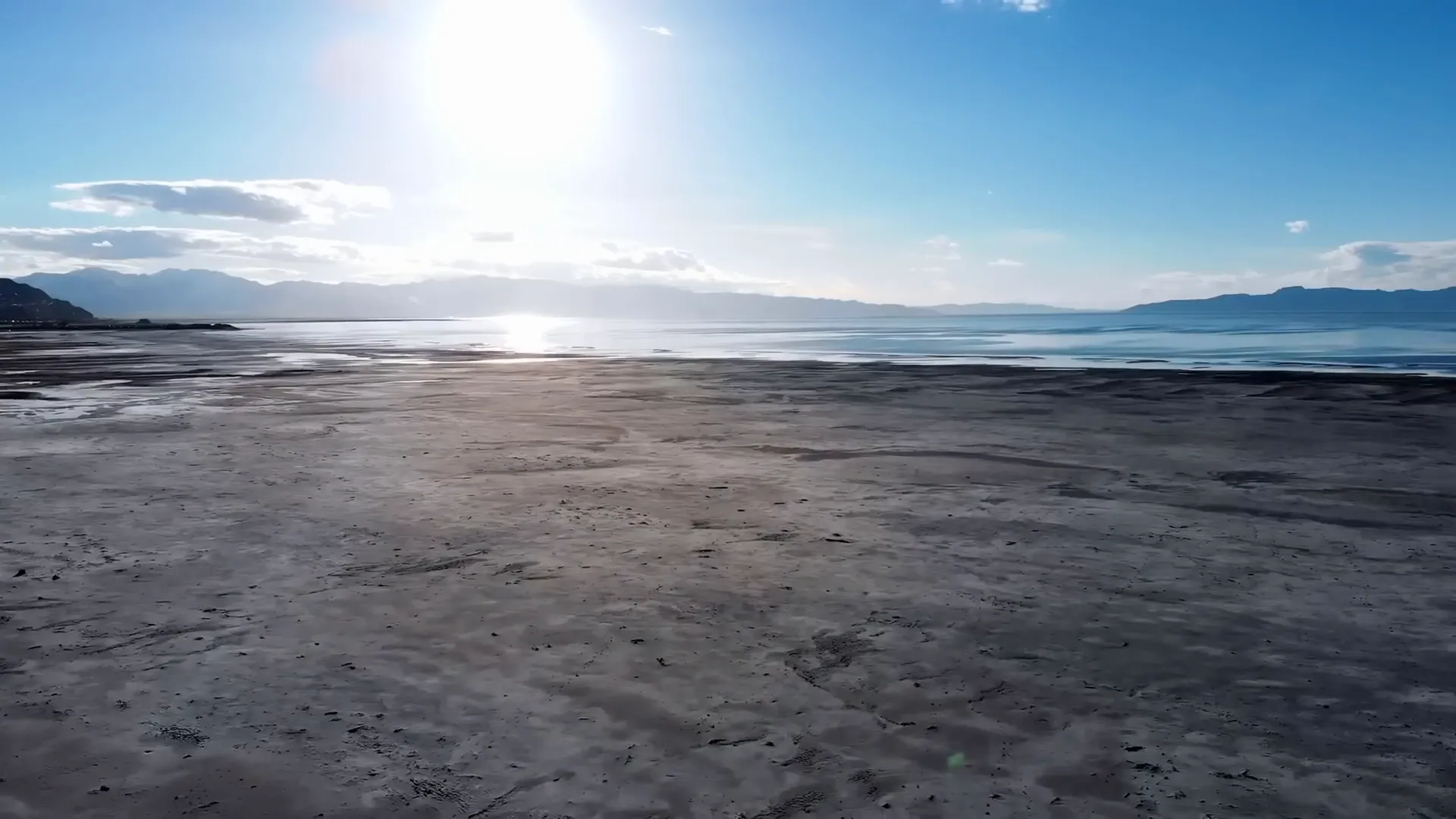
More Properties You Might Like
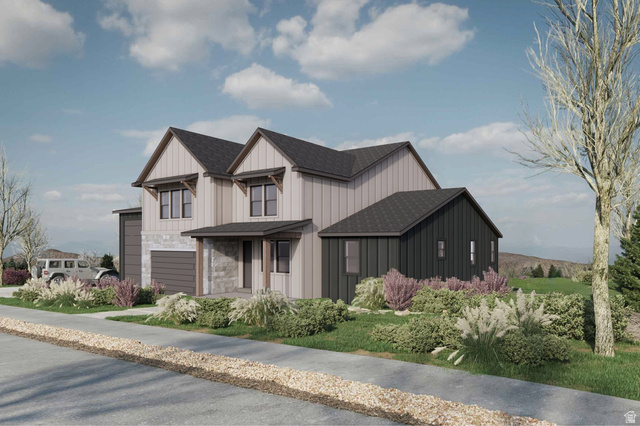
850 LAZY WAY #8, Francis, UT
$1,300,000
Bedrooms: 4 Bathrooms: 4 Square feet: 2,755 sqft

La Casa Cir, St George, UT
$575,500
Square feet: 14,391 sqft
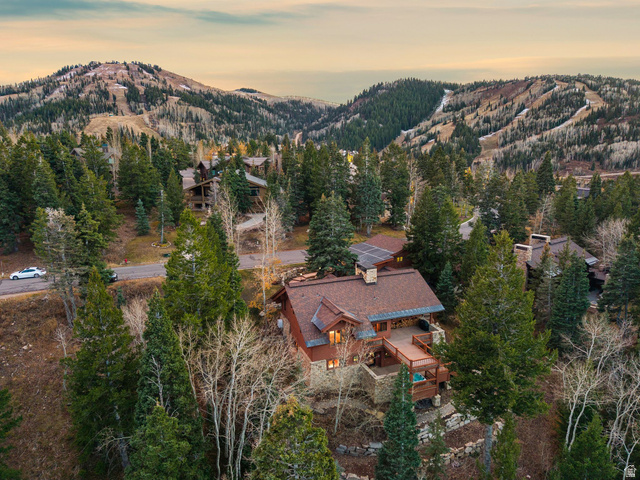
7665 STERLING DR, Park City, UT
$6,100,000
Bedrooms: 5 Bathrooms: 6 Square feet: 4,975 sqft
Environmental stewardship will determine Utah’s long-term livability. The Great Salt Lake has shrunk dramatically over recent decades. Historical extremes are striking: in 1988 the lake was so high that pumps were used to divert water, while in recent years it has fallen to critical lows. Restoration requires decades-long water management actions, shoreline remediation, and infrastructure investment. A state fund of approximately $1 billion, paired with federal funds for salinity control and shoreline work, begins deployment in 2025 to support restoration efforts.
Water use dynamics are often misunderstood. Municipal indoor water use constitutes roughly 4% of the state’s water portfolio, while outdoor residential use is under 6%; combined municipal use is therefore less than 10% of total state consumption. The largest sectoral draw is agricultural production—especially water-intensive crops such as alfalfa, primarily used for livestock feed. Modern irrigation approaches (e.g., drip systems and subsurface irrigation) could sharply reduce agricultural evapotranspiration losses compared with legacy flood irrigation.
Air quality along the Wasatch Front has improved substantially since the 1990s; current metrics show air pollution roughly half the severity of mid‑1990s inversion-era peaks. Nevertheless, winter temperature inversions still generate an average of about 14–17 inversion days per year. Continued regulation, vehicle emissions improvements, and targeted policy will be required to protect public health even as the population grows.
Livability, Lifestyle, and Daily Life
Utah consistently ranks highly for outdoor access and family-oriented communities. It is the youngest state by median age, with a high share of children and families. Communities vary widely: master‑planned neighborhoods such as Daybreak deliver extensive amenity packages—lakes, trails, community pools, and year‑round events—while mountain towns like Park City offer lifestyle tradeoffs centered on recreation and seclusion. This diversity across housing types and community models helps accommodate a wide range of preferences.
Traffic and congestion are growing pains to watch. Short-term increases in congestion—ranking Salt Lake City among the nation’s more congested metropolitan areas in certain analyses—reflect major construction activity and roadway conversions (for example, Mountain View Corridor and Bangerter Highway upgrades). Long-term infrastructure investments and transit expansions aim to mitigate these pressures.
Practical Guidance for Buyers, Sellers, and Relocators
Recommendations for those considering moves in or to Utah should focus on timing, product selection, and long-term outlook:
- Consider new-construction incentives: builders are offering concessions that can offset higher mortgage rates for many buyers.
- Evaluate location tradeoffs: proximity to employment centers, transit lines, and community amenities will grow in importance as congestion increases.
- Plan for appreciation drivers: mega-projects (airport expansion, downtown redevelopment, transit corridors) can influence appreciation patterns over multi-year horizons.
- For investors, rental demand is projected to remain strong in dense urban nodes and in markets adjacent to major employers and universities.
For a central resource on listings and market searches, refer once to: https://bestutahrealestate.com
Sources & Further Reading
Population and growth projections are available through state and federal data portals; for official population statistics consult: https://www.census.gov and Utah-specific planning resources at https://www.utah.gov
Conclusion
Utah stands at an inflection point. Rapid population growth, ambitious redevelopment projects, and significant investments in transportation and environmental restoration will define the state’s next decade. Careful stewardship of housing policy, water resources, and air-quality measures will determine whether growth enhances livability for current and future generations. These trends represent both challenges and opportunities for families, employers, investors, and civic leaders planning for life in Utah.
Frequently Asked Questions
Is Utah becoming too crowded to move to?
Growth is occurring at a fast pace, but lifestyle diversity and ongoing infrastructure investment preserve many high‑quality living options. Prospective movers should prioritize proximity to work and preferred amenities and factor in future transit projects when choosing neighborhoods.
Will housing remain unaffordable?
Housing affordability is the state’s most significant risk. Short-term cooling has provided relief, but long-term affordability depends on accelerating housing production, streamlining permitting, and expanding housing typologies (multifamily, accessory units, and rental‑oriented developments).
How realistic is Great Salt Lake restoration, and how long will it take?
Restoration is technically feasible but requires sustained water management, policy decisions, and investment. Initial funding and projects start in 2025, but measurable recovery will take many years and likely decades depending on regional hydrology and water allocations.
Will the Little Cottonwood gondola be built?
The gondola project cleared major approvals but is currently subject to litigation and public debate. Outcomes will hinge on court rulings, environmental reviews, and stakeholder negotiations.
What transportation expansion should residents expect?
Planned rail and light‑rail extensions, airport completion, and transit-oriented redevelopment (including the Rio Grande concept) represent the backbone of future mobility investments designed to serve a much larger population over the coming decades.












